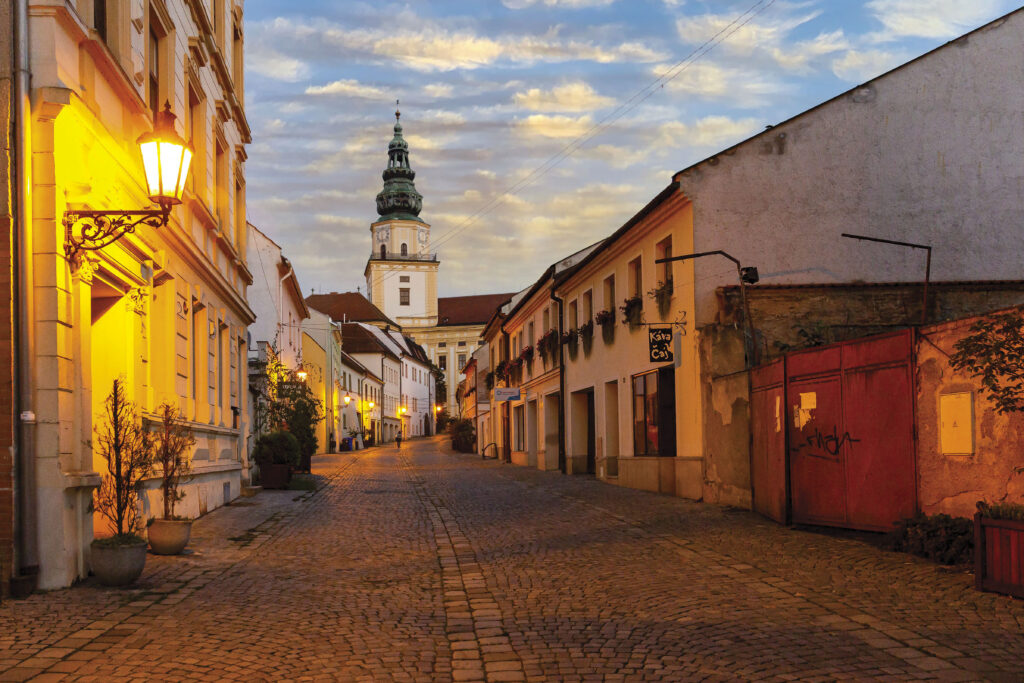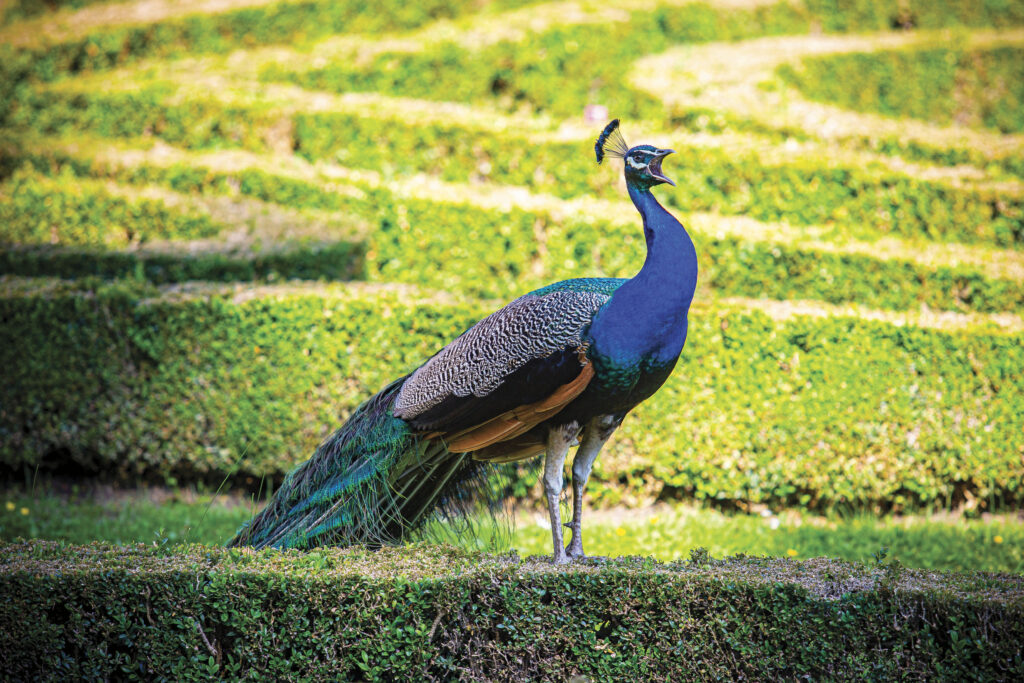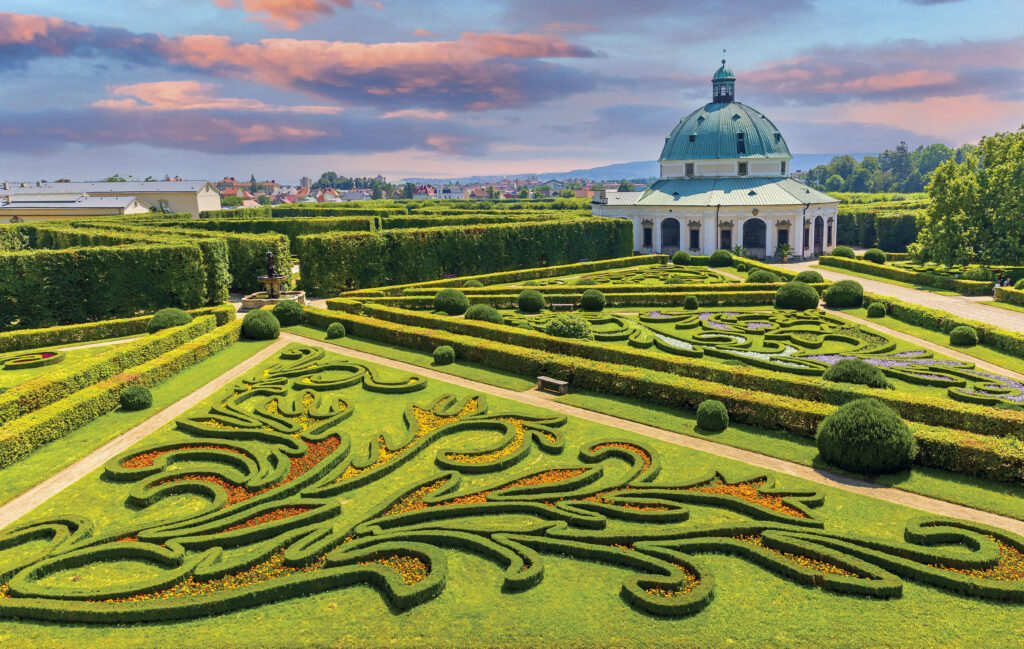UNESCO WORLD HERITAGE SITES
The best-known and most visited tourist destinations in Kroměříž are the Archbishop’s Chateau, the Chateau Garden, and the Flower Garden – this entire complex was inscribed on the UNESCO World Heritage List in 1998. Thanks to these monuments, Kroměříž reaches the same level of tourist attractiveness like, for example, Prague, Český Krumlov, Litomyšl or Telč. The history and the origins of the town are closely connected to the Church. It was originally a market village which arose at a ford across the river Morava on the crossroads of two trade routes. Kroměříž (the first mention under its Latin name “Cromesir” dates to 1141) became a town in 1260 after the Olomouc bishop Bruno von Schauenburg came to power. It was he who had a Gothic castle built on the site of today’s Archbishop’s Chateau, which became the principal summer residence of the bishops of Olomouc. In the rich and fertile region, Kroměříž flourished thanks to the favour and support of the Church and due to its location. Its development was affected by the Thirty Years’ War and repeated plundering by Swedish troops. Kroměříž recovered during the rule of bishop Karl II von Liechtenstein‑Kastelkorn. In the second half of the 17th century, the bishop raised the town from its ruins and made Kroměříž into an important town once again (the town became “the Pearl of Moravia”). He had the castle rebuilt into a luxurious residence and its garden into an English park. He had the town walls repaired and founded the Mint. Behind the town walls, he created a Baroque garden (a so‑called “Libosad”), today known as the Flower Garden.


